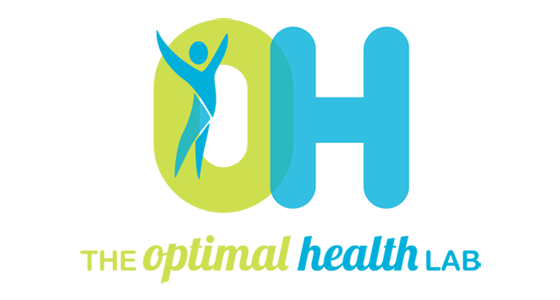February 12, 2025
We’re diving into a condition that, while not often talked about, can significantly impact the lives of young patients: Slipped Upper Femoral Epiphysis (SUFE). Whether you’re a parent, or young athlete, understanding this condition can empower you to make informed decisions about health and recovery.
What is Slipped Upper Femoral Epiphysis?
Slipped Upper Femoral Epiphysis occurs when the ball at the top of the femur (the thigh bone) slips off the neck of the bone at the growth plate. This typically happens during periods of rapid growth in adolescents, particularly between the ages of 10 and 16. While it may sound alarming, early recognition and appropriate management can lead to successful outcomes.
Why Should You Care?
As young athletes push their limits on the field, court, or track, the risk of SUFE can increase, especially in those who are overweight or experiencing hormonal changes/growth spurts. Understanding the condition and its implications can help prevent long-term complications and ensure a smooth return to activity.
Recognizing the Signs: What to Look For
The symptoms of SUFE may vary, but here are some key indicators that parents should look for. If you observe these symptoms in your child it’s crucial to seek medical advice promptly (like your GP or if your child is in high levels of pain you should head to the local Emergency Department) or more likely your friendly OHL Physiotherapist if the pain is only mild. Early intervention can make a significant difference!
· Hip or Knee Pain: This is often the first sign and may worsen with activity.
· Limited Range of Motion: Difficulty moving the hip could be a red flag.
· Altered Gait: A noticeable limp or change in walking patterns might develop.
· Referred Pain: Sometimes, pain can radiate from the hip to the knee or groin.
The Journey to Diagnosis
Diagnosing SUFE involves a combination of a physical examination and imaging studies, typically X-rays. A GP or your trusty OHL Physiotherapist will assess the degree of slippage and create a tailored treatment plan. This plan may include both surgical and non-surgical options, depending on the severity of the condition, and yes your OHL Physio will help you link with a specialist orthopaedic surgeon in paediatric hips if this pathway is needed.
Enter Physiotherapy: Your Partner in Recovery
Once diagnosed, physiotherapy plays a vital role in recovery. Here’s how the physiotherapists can at OHL help young patients navigate this journey:
1. Initial Assessment
Every recovery journey begins with a thorough assessment. A physiotherapist will evaluate:
History and Symptoms: Gathering detailed information about the onset and nature of pain.
Physical Examination: Assessing range of motion, strength, and any muscle imbalances.
Functional Assessment: Evaluating how the condition affects daily activities and sports performance.
2. Setting Goals for Recovery
The primary goals of physiotherapy for SUFE include:
Pain Management: Utilizing modalities such as ice, heat, and ultrasound to alleviate pain and inflammation.
Restoring Range of Motion: Gentle stretching and mobilization techniques can help improve flexibility in the hip joint.
Strengthening Exercises: Focusing on strengthening the hip muscles, especially the abductors and stabilizers, to support the joint.
Gait Training: Correcting any altered walking patterns to enhance overall mobility.
3. Rehabilitation Protocol: Step by Step
The rehabilitation process typically follows these phases:
· Emphasis on rest, pain relief, and gentle range-of-motion exercises. Activity modification is key during this time.
· Gradual introduction of strengthening exercises. Patients may start engaging in light functional movements, focusing on hip and core stability.
· As strength and flexibility improve, physiotherapists will guide athletes through sport-specific drills, ensuring a safe return to their favourite activities.
Conclusion: A Journey Together
Navigating the challenges of Slipped Upper Femoral Epiphysis can be daunting for patients and their families. However, with knowledge, support, and a proactive approach to rehabilitation, a full recovery is possible. As OHL physiotherapists, we are here to guide you every step of the way—ensuring that you can return to sports/hobbies stronger and more resilient than ever. Book today if there is linger mild or high levels of hip pain in your household!




